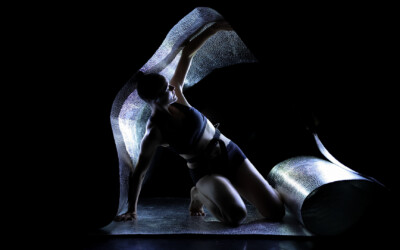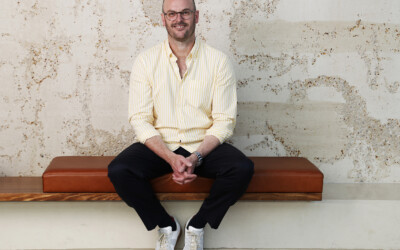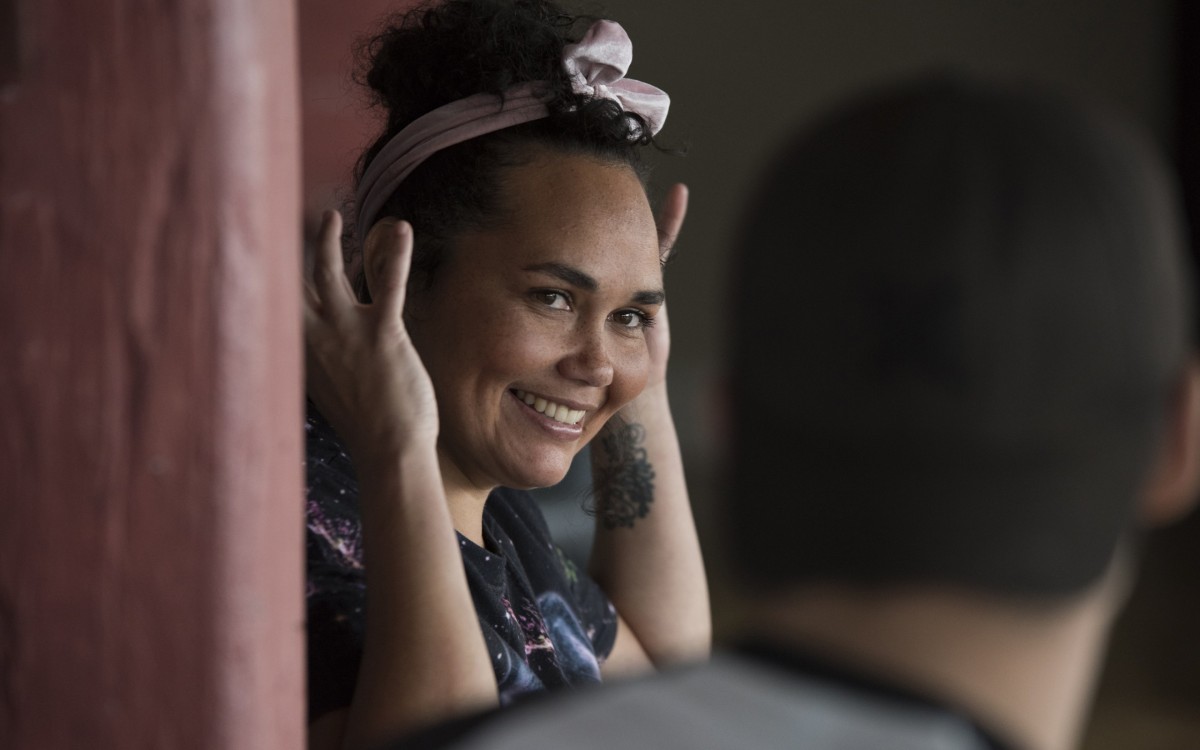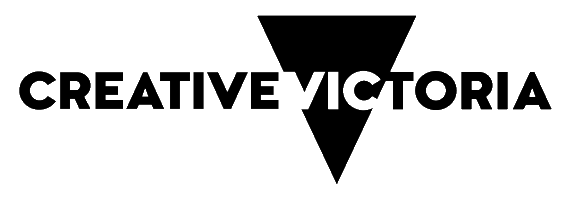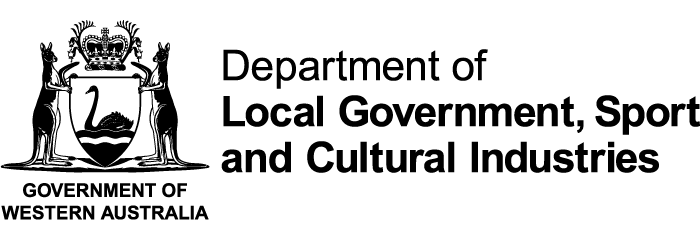
First look at The Seen and Unseen

The Seen and Unseen is a new project in development, created by acclaimed Indonesian filmmaker Kamila Andini and artists from five countries working across two continents.
Hear more about this exciting new production that will soon premiere in Jakarta before making its way to Singapore this year and on to Australia in 2020.
My interest in The Seen and Unseen was sparked by the conversations between Kamila Andini, an award-winning Indonesian filmmaker, and Adena Jacobs, Artistic Director of Melbourne’s Fraught Outfit at the Asia TOPA Creative Lab in early 2018.
They were deep and expansive and rich, providing fertile ground for creating new work –the importance of imagination and play, and the deep wisdom of children, the way cultures ritualise death and grief. This intercultural collaboration explores perhaps our most common shared experience and comes at a time when illuminating our shared emotionality has never been more vital.

Seeing these two artists – both celebrated in their particular cultures for their borderless approach to art – join as collaborators was truly exciting. Their artistic, aesthetic and formal complementarity became clear through the Creative Lab and were also informed by their political synergies as leading feminist artists in our respective cultures.
I knew we had to be involved.
The Seen and Unseen will be a poetic lamentation inspired by Kamila’s film of the same name. It’s an exploration of elemental concepts – time, nature, grief, all perceived through the eyes of child. It’s shaping up to be a dreamlike combination of performance elements, created with an extraordinary troupe of young performers, Komunitas Bumi Bajra in Bali.
Even more interesting is the Balinese mythology of the Buncing Twins which lies at the heart of the story. 10-year-old twins Tantri and Tantra are inseparable. When Tantri’s brother falls ill, she enters an underworld of visions, and an attempted farewell expressed through dance, music and shadow play.

The story is also informed by the Balinese philosophy of Sekala Niskala (translated as the seen and the unseen), the idea that what we cannot see has equal value to the ‘real’ or seen world. It a piece that is fundamentally about dualisms and the balance between seemingly opposing forces: all meaty, fascinating thematic material for a cross-cultural artwork.
We’ve been joined by some incredible partners on this journey: Kamila’s film production company Four Colours and Adena’s company Fraught Outfit and Java’s Komunitas Salihara. Singapore’s Esplanade Theatres, and Melbourne’s AsiaTOPA are commissioning partners.
Navigating this cultural terrain, through different funding and regulatory systems, different producing and artistic environments, different artforms and ideas, has been challenging and a richly rewarding exchange.
And one big motivating factor for me was this very challenge – it’s a big work, with multiple partners across three countries. It features child performers, with all of the extra support and consideration that requires. It is created by an accomplished filmmaker making her first foray into theatre and performance. It is female-driven. And our Melbourne-based Producer Annette Vieusseux is driving the project. Having produced Lucy Guerin Inc’s award-winning Attractor, we know she’s the best person for the job!
We can’t wait to premiere this work in 2019. Stay tuned to hear how it goes… then we’ll work on getting it to Australia so you can all see it here!
-Marion
Support New Work
We need your help. The Seen and Unseen is being supported by our Agents of Change program, channeling your generous donations directly into the creation of urgent new work.
Better still, if you donate before 31 May, your donation will be doubled by Creative Partnerships Australia, allowing your support to go twice as far.
Every dollar counts, and is tax deductible. Become an Agent of Change today.
Donate now